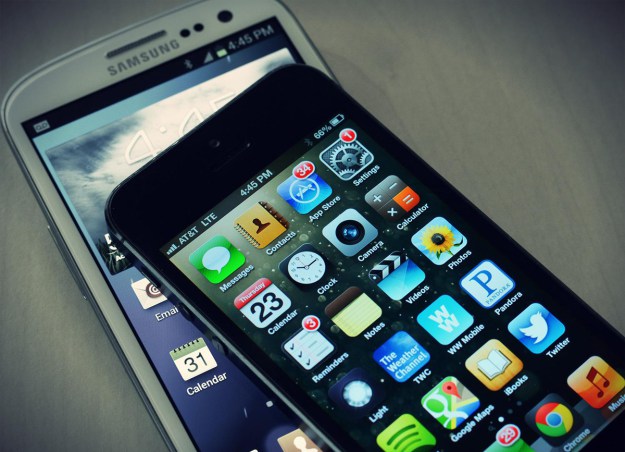
The heavy reliance on phone apps is often hindered by their tendency to crash unexpectedly, snapping a user out of whatever trance the app had cast on him or her. While Androids are known for crashing at almost twice the rate of iPhones and feature more unstable apps, both devices have these moments of weakness.
Reasons for these failures may overlap between these systems, but Android crashes can trace back to a far wider range of explanations. Although Google played with users’ loyalty when it purposely crashed Android’s Facebook app in past years, the blame for its actual delays is rooted in technicalities. If an app developer is not precise about understanding a device’s abilities, his or her poor management may cause crashes. Developers should consider how the Android device’s true capabilities affect the technical programming of an app, as apps have to connect regularly to remote servers to work properly. Thus, miscalculations in algorithms can negatively affect the app’s behavior after its release.
For Android users, app failure can also occur due to a use of different network types. To rectify this, both app developers and Google would need to follow the example set by the Samsung Galaxy series, which has a built-in auto network switch feature that minimizes data loss. As of now, consumers can prevent app crashes by turning them off before switching to another kind of network. Unreliable bandwidth connections and slow boot-up time contribute to Android app crashes as well, particularly because the OS kills an app if it takes more than 5 seconds to load.

It is a frequent occurrence for iOS to crash more the newer a user’s operating system is. After the release of iOS 9.3 this March, apps noticeably began freezing and crashing. In 2014, it was reported that the crash rate following the launch of iOS 8 shot up 65% from the previous system’s rate. This frequency was due to the amount of application programming interfaces (APIs) that were new to the operating system, and frequent crashes may also be caused by activating more apps than the device’s RAM can handle. Older iPhone models also crash more often, while the overall phone platform supports apps better than an iPad does.
The timeless solution of turning a phone off and back on when an app is being troublesome goes a step further with the technique of a “hard” reset. This method clears out memory and caches, refreshing more than simply turning off the phone would. A user keeps holding down the power button (even when the “slide to power off” message appears) and holds down the home button as well. The phone will turn off, and when it switches back on by the user holding the power button, a cleaner device will be there to try out the app again.
In the end, everyone will have some experience with an app that just won’t stop crashing, but they don’t need to worry. No matter what the phone system, there’s always a solution to these bumps in software.
Source: The Droid Guy, Cult of Mac, The Verge, ComputerWorld, everythingiCafe, CNN Money
Advertisement
Learn more about Electronic Products Magazine





